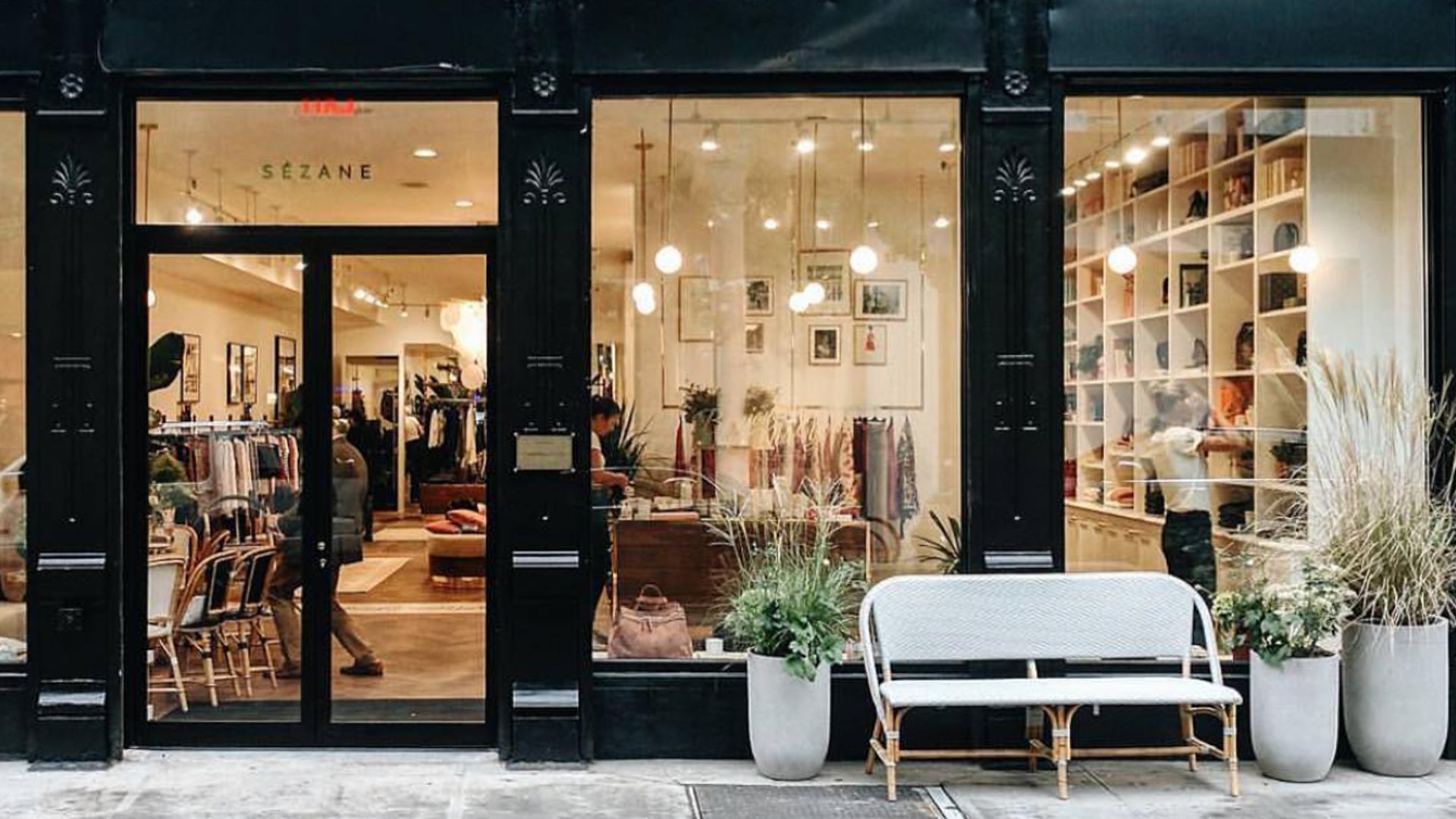Checking Out the Evolution and Influence of Garments on Modern Style Trends
The development of clothes has significantly influenced modern-day fashion fads, merging historical precedents with cutting-edge developments. Iconic figures like Coco Chanel and Yves Saint Laurent reinvented the style sector by introducing ideas that focus on comfort and accessibility, which proceed to reverberate today.
Historical Style Influencers
In the tapestry of style background, particular figures have left an enduring mark, shaping the fads and designs that define whole ages. Coco Chanel, an advanced developer, redefined females's fashion by introducing comfy, sophisticated garments that left from restrictive corsets. Her iconic Chanel fit and little black dress have become timeless staples in closets worldwide. Christian Dior's post-war "New Look" in 1947, with its event of femininity through full skirts and cinched midsections, marked a return to opulence and has continued to affect designers.
Elsa Schiaparelli is one more critical figure, renowned for her avant-garde styles that integrated surrealist art, teaming up with Salvador Dalí to develop whimsical items that tested traditional looks. Her ingenious use of shade and strong patterns reverberates in modern fashion. Yves Saint Laurent, on the other hand, equalized haute couture with prêt-à-porter collections, bringing path styles to the masses and setting a criterion for modern-day ready-to-wear lines.
These visionaries, to name a few, not only reinvented fashion in their times however also set sustaining trends that reverberate in today's apparel industry, supplying a structure whereupon modern-day developers continue to build and introduce. Their traditions emphasize the importance of creative thinking and daring in style's ever-evolving narrative.
Technical Developments in Style
Amidst the dynamic landscape of the apparel industry, technical improvements stand at the center of advancement, reshaping how developers create and customers engage with style. The assimilation of 3D printing has actually reinvented style processes, enabling developers to explore intricate frameworks and sustainable products that were formerly impossible. This modern technology helps with rapid prototyping, lowering waste and expediting manufacturing times.

Smart fabrics, installing technology into fabrics, are additionally changing the industry. Developments like temperature-regulating and self-cleaning fabrics offer enhanced functionality and convenience. Wearable technology, integrating attributes like health and fitness monitoring and communication, includes a brand-new dimension to fashion, merging aesthetics with practicality.
Cultural Changes and Design
As technological innovations remain to improve the fashion business, cultural changes are just as prominent, redefining style and customer preferences. In the last few years, the rise of social media platforms has actually sped up the circulation of global fashion fads, permitting varied social influences to coexist and converge. This digital interconnectivity has actually helped with the quick exchange of ideas, causing a more comprehensive and eclectic interpretation of style that shows the diverse nature of modern-day culture.
Social recognition and appreciation have actually triggered designers to draw inspiration from web link a wider spectrum of historical and ethnic contexts, incorporating conventional themes with contemporary aesthetics. This combination has led to fashion that resonates with a larger target market, promoting a feeling of identification and belonging across different demographics. Additionally, the boosting need for customization has driven brands to provide customizable options, allowing consumers to share originality while showing their social heritage.
In addition, moving societal values have actually affected fashion, with inclusivity and variety ending up being central motifs. The market has started to accept versions and influencers of different body kinds, ethnicities, and gender identities, tough traditional elegance criteria. This change emphasizes the power of cultural shifts fit the future of fashion, as design becomes an extra genuine expression of individual and cumulative identity.
Sustainability and Modern Style
While the fashion industry proceeds to develop, the important for sustainability has actually become progressively immediate, affecting modern design techniques. The surge of slow-moving style, which highlights high quality over amount, encourages customers to spend in ageless pieces instead than transient fads.
Furthermore, contemporary style is identified by its technology in decreasing waste and advertising circularity. This approach not only mitigates environmental impact however likewise improves the social duty of fashion houses.

Future Trends in Style

Sustainability will proceed to be a driving force in shaping future style fads. The sector is significantly embracing environmentally friendly materials and honest production approaches, reacting to a growing consumer need for responsible practices. Innovations such check it out as bio-fabricated products and closed-loop recycling systems are set to redefine just how apparel is generated and consumed, lowering ecological influence while maintaining design and quality.
Social shifts, consisting of the rise of inclusivity and diversity, will also play a critical function. As culture ends up being a lot more conscious of social issues, fashion is expected to end up being a system for expression and adjustment. Designers will likely concentrate on developing collections that show a wider variety of experiences and identities, promoting depiction and accessibility.
Verdict
The evolution of garments substantially affects modern style fads, where historical influences combine with contemporary layouts. This ongoing evolution emphasizes fashion's function as a mirror to societal values and technological development, recommending a future abundant with development and inclusivity.
The evolution of apparel has actually substantially affected contemporary fashion fads, merging historic criteria with innovative advancements.Among the vibrant landscape of the style sector, technical advancements stand at the leading edge of technology, reshaping how designers produce and customers involve with style.While the style sector continues to evolve, the crucial for sustainability has come to be progressively immediate, affecting contemporary my link design techniques. As sustainability comes to be ingrained in modern design, it paves the means for a more conscious and liable style industry.
The advancement of garments dramatically impacts modern-day fashion patterns, where historical impacts combine with modern designs.